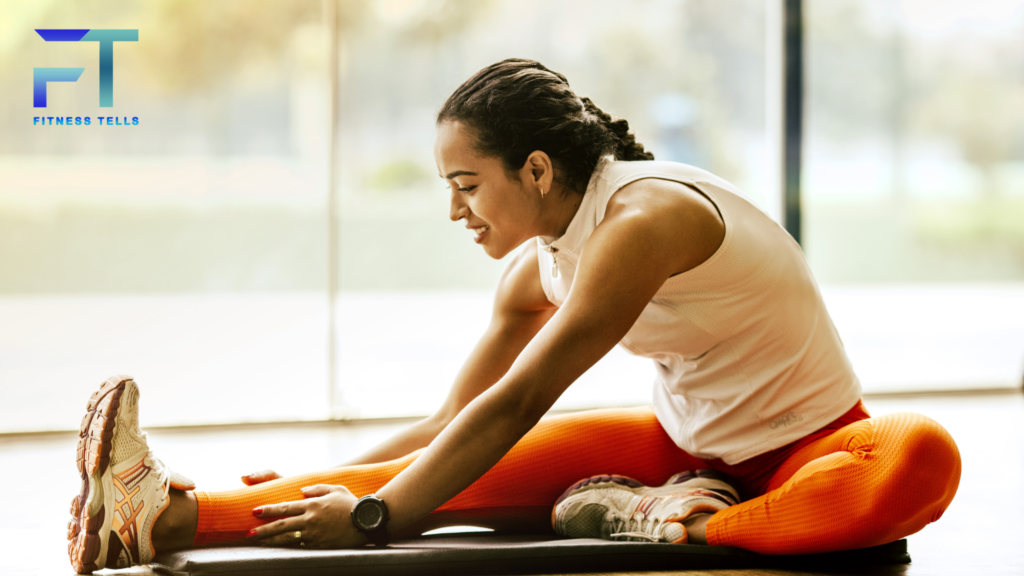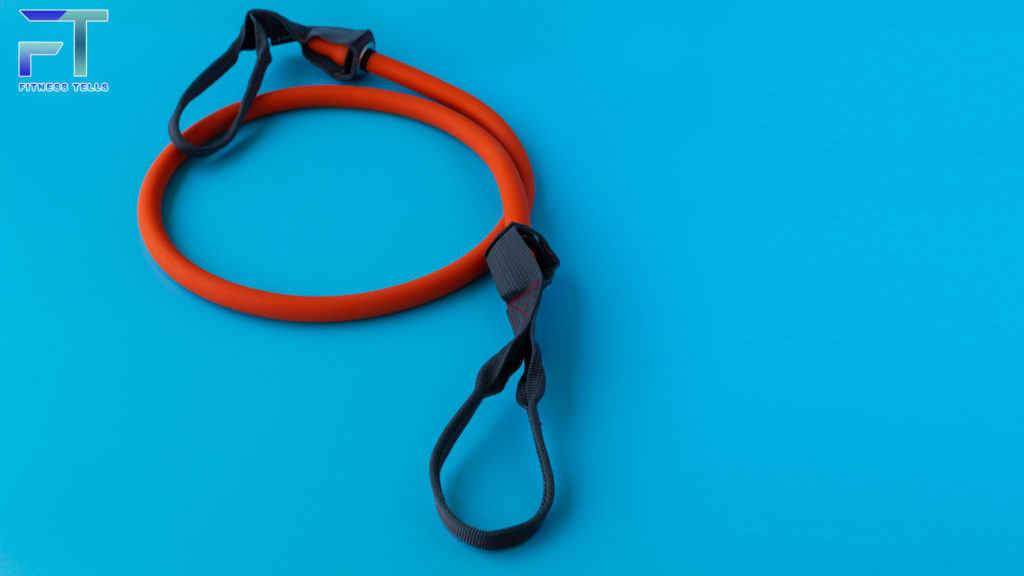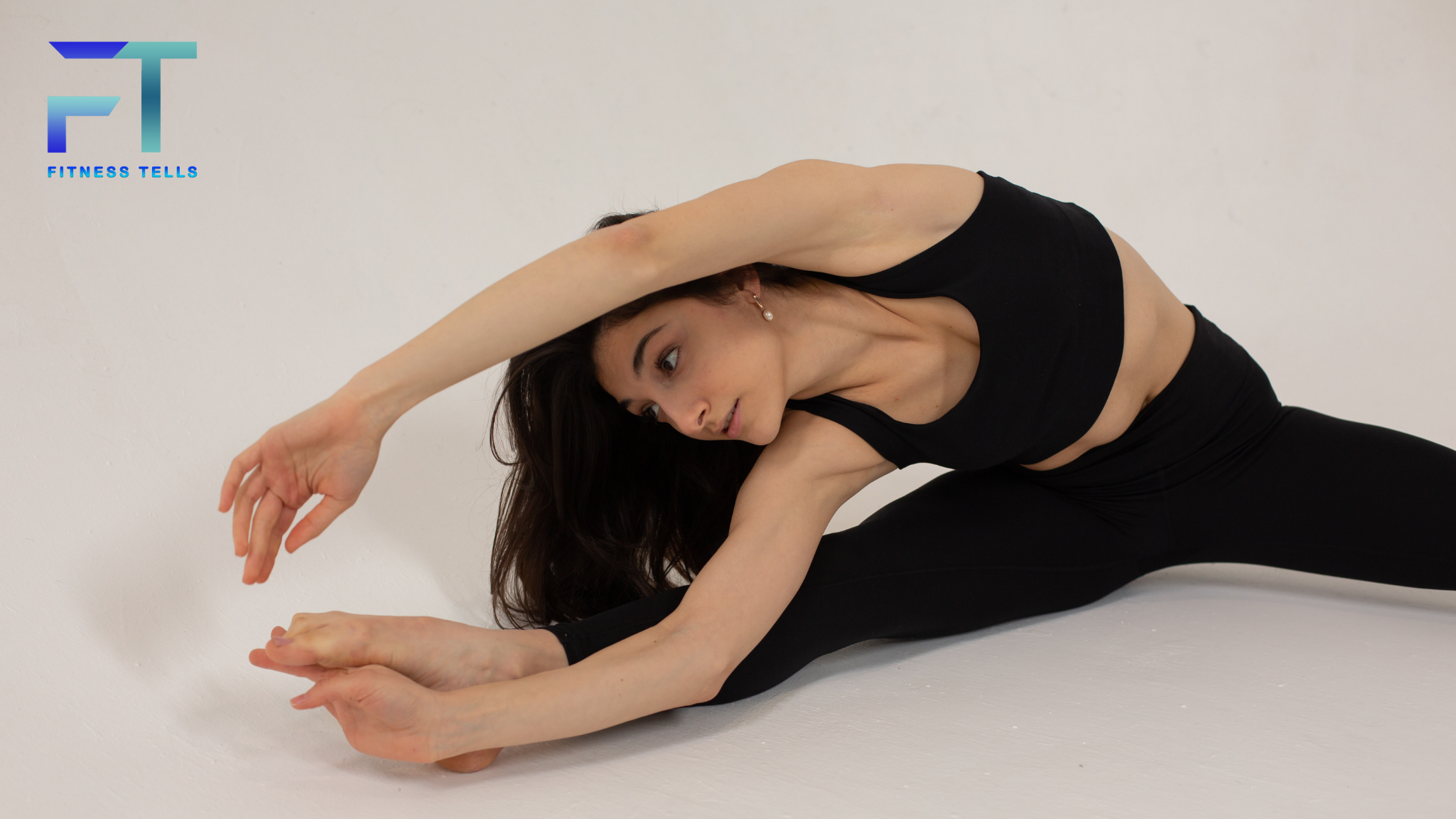A flexible body is a blessing at every age, but not everyone is blessed with it. However, there are numerous flexibility exercises that can help you get a flexible body and alleviate the risk of getting injuries.
As defined by Bryant Walrod, MD, family, and sports medicine physician at the Ohio State University Wexner Medical Center in Columbus, “Flexibility is the amount of stretch that a given muscle allows”. Naturally, muscles and joints are built in a way that they can move without restriction or pain, but due to the busy lives we are living today, our body gets strained by external factors and loses their flexibility.
Importance Of Body Flexibility
Your body doesn’t only need to be aerobically fit; you also have to work on its flexibility to ensure the smooth motion of your muscles. Also, physical fitness can only be attained by rearing a flexible body.
In simple words, Flexibility is the ease that your joints and muscles feel while your body moves. And when your muscles and joints can move without restriction, you can move around the world with greater ease and have a trouble-free life.
Having most of their time spent sitting on chairs, most people lose their body flexibility. The body muscles become limited in their range thus making it difficult to perform simple tasks like getting into a car, getting up from a chair, stepping out of your bed, and lifting up your bag. Also, as you age, your body flexibility inclines and your muscles start to lose elasticity.
To cope with the mobility and elasticity of your muscles, it is essential to incorporate some functional flexibility exercises into your daily workout routine.
4 Best Flexibility Exercises You Must Follow Now
It is never too late to make your body flexible. You can follow the below Flexibility workouts at any age and at any point in time to gain the flexibility you have lost somewhere in your busy schedule.
Precaution: Most flexibility workouts are comprised of stretches, which must not be followed without a warm-up session. You can follow any of the below flexibility exercises after a 10-minute warm-up session.
1. Practice Yoga Every Morning

While most exercises do not do much in the name of muscle flexibility, Yoga entirely works on it. Holding numerous poses with several rounds of breathing, Yoga helps you connect to your muscle tissues and encourages your joints and muscle ligaments to relax.
Most yoga poses involve your body parts stretching, thus helping you get rid of stiffness and increasing the ease of mobility. By adding any of the Yoga poses to your morning workout routine, you will be able to witness the benefits really quickly.
Some of the Yoga poses you can slot into your normal workout routine are as follows:
I. Downward Facing Dog
Yoga poses do not work in isolated areas; rather they involve all your major body muscles groups. Downward Facing Dog challenges your hamstrings and calves accompanied by your leg muscles.
How To Do It?
- To do this Yoga pose accurately, place your hands on the floor, just like a doggy places its paws on the ground.
- In this initial position, keep your knees slightly bent under your hips.
- Now, lift your knees from the ground and straighten your legs while your palms must be gently placed on the ground.
- Your body will create a v posture. Retain the position for at least five breaths.
- Get back to your initial position slowly and relax for a few seconds.
- Repeat the steps and complete a set of 10 reps.
II. Pyramid Yoga Pose
Pyramid pose is another strong flexibility exercise that you can sort into your mobility workout. It targets your hamstrings and hips thus improving your hip mobility.
How To Do It?
The pyramid pose can be followed just after the Downward Facing Dog pose described above.
- Once you get into the Downward Facing Dog position, step your right foot forward and place it right next to your right hand.
- Keep your left foot at the end of the mat. You can step even further with your left foot if you need more stability.
- Hold the position for at least five breaths.
- Step back and get to the Downward Facing Dog position. Bend your knees to safely land on the ground.
- Relax for a few seconds and repeat the steps.
III. Legs-Up-the-Wall Pose
To alleviate the stiffness of your body at the end of the day and to get better sleep, Legs-Up-the-Wall Yoga Pose is the expert-recommended flexibility exercise. Performing this exercise right before going into bed can increase the flexibility of your body.
How To Do It?
- As the name suggests, the Legs-Up-the-Wall pose involves lifting your legs against a wall while resting your back gently on the floor.
- Make sure your sitting bones are resting close to the wall.
- Hold the position as long as you can.
2. Practice Stretching

Whether you are a newbie at practicing fitness or a gym freak, stretching is essential to retain the ability of your muscles to stretch. It is crucial to stretch your muscles because it keeps your joints, ligaments, and muscle groups healthy strong, and flexible.
If you aren’t following stretches in your normal routine, you might get your muscles tightened and shortened with time.
There are two common types of stretching:
I. Static Stretching:
it is the most common type of stretching practiced worldwide. Also known as Isometric exercise, Static Stretching exercises are performed to increase muscle tension while retaining the length constant.
Some of the common static stretches that you can practice in order to increase your body flexibility are:
- Touch your toes while you are in a standing position.
- Stretch your glutes by hugging your knee into your chest.
- Upper backstretch.
- Hip and thigh stretch.
Static stretches must not be practiced at the beginning of any workout. Fitness experts suggest incorporating static stretch as a way to cool down.
II. Dynamic Stretching
Contrary to static stretches, dynamic stretches are considered more productive flexibility exercises. This type of stretch helps move joints gently through their full range of motion. According to a study conducted in 2018, doing dynamic stretches before a workout can increase your overall force, power, and athletic performance.
These stretches are well-suited to be performed before any other workout routine. Some of the dynamic exercises that will increase flexibility are:
- Lunges with a twist.
- T-Push-Ups
- Jump Squats and Lunges
- Knee to Chest exercise
- Heel-to-toe walks.
3. Sit On The Floor – Ditch Your Chair

This ‘out of the box’ flexibility exercise can work wonders for you. If you aren’t spending enough of your time sitting on the floor, start doing it. Start sitting on the floor for at least 30 minutes a day.
It might sound weird but sitting on the floor itself is a flexibility exercise that stretches your hips, back, knees and ankles.
Barret, a women wellness expert says, “Sitting on furniture is not a stretch, as that range of motion is so small and we do it all of the time in modern life. But sitting on the floor requires a bigger range of motion, and even getting down to the floor stretches us.”
You can sit on the floor in different positions to challenge your leg muscles, glutes and back. Take out a few minutes from your busy schedule and ditch your chair for a while. Practice the following positions to increase flexibility.
- Kneel down onto the floor and retain the position for a few minutes.
- Cross your legs and sit on a yoga mat for 5-15 minutes.
- Sit with your legs straight out.
- Place your knees splayed out forming a “butterfly” shape.
- If you are taking a phone call or enjoying a movie night, sit on the floor. It will boost your whole body’s health and can also relax your muscles.
Select any of the above positions that you are comfortable with and spend a minimum of 15 minutes in each of these positions. This is an excellent flexibility workout that can be practiced anywhere at any time.
4. Work With Stretch Bands

If you are a fitness newbie, stretching might be one of your least favorite things. But how about adding some lightweight stretch bands into your workout routine? You are surely going to enjoy this flexibility exercise.
Integrating stretch bands into your workout routine can lessen your chances of getting injured. However, they can provide similar muscle activities like weight training.
Stretch bands can also improve your mobility and fuel all your latent muscles. While you are working on activating your muscles, resistance bands engage your core muscle groups to soar up the tension in your muscles. The more you stretch the band the more resistance will you feel on your muscles.
You can add the following stretch band workouts to your normal routine to increase the flexibility of your body.
- If you are trying to work on your Upper Body flexibility, hold the bands in your hands and pull them as much as you can. It will help you stretch your shoulders, chest, back, and biceps in a single move.
- To work on your Leg Extension, lay on the floor and hold both the ends of the band in your hands. Wrap your foot whilst holding both ends of the band tightly. Now, extend your leg towards the floor and hold the position for a few seconds. Repeat the steps with your other foot as well.
- To stimulate your Core Muscles, wrap the ends of the band on your feet and pull them apart. This move will activate your core muscles along with your legs and gluteal muscles.
To get the best results with stretch bands, stay consistent, maintain correct posture, and work slowly.
The Bottom Line
Whether you are a couch potato or a keep-fit buff, it is essential for you to fit into some flexibility exercises to prevent body stiffness. Once you acquaint your muscles with some easy flexibility workouts, it will become smoother for you to move around and live a healthy life.
Also Read: 5 Best & Easy Fitness Exercises And Tips For Men To Follow Now

